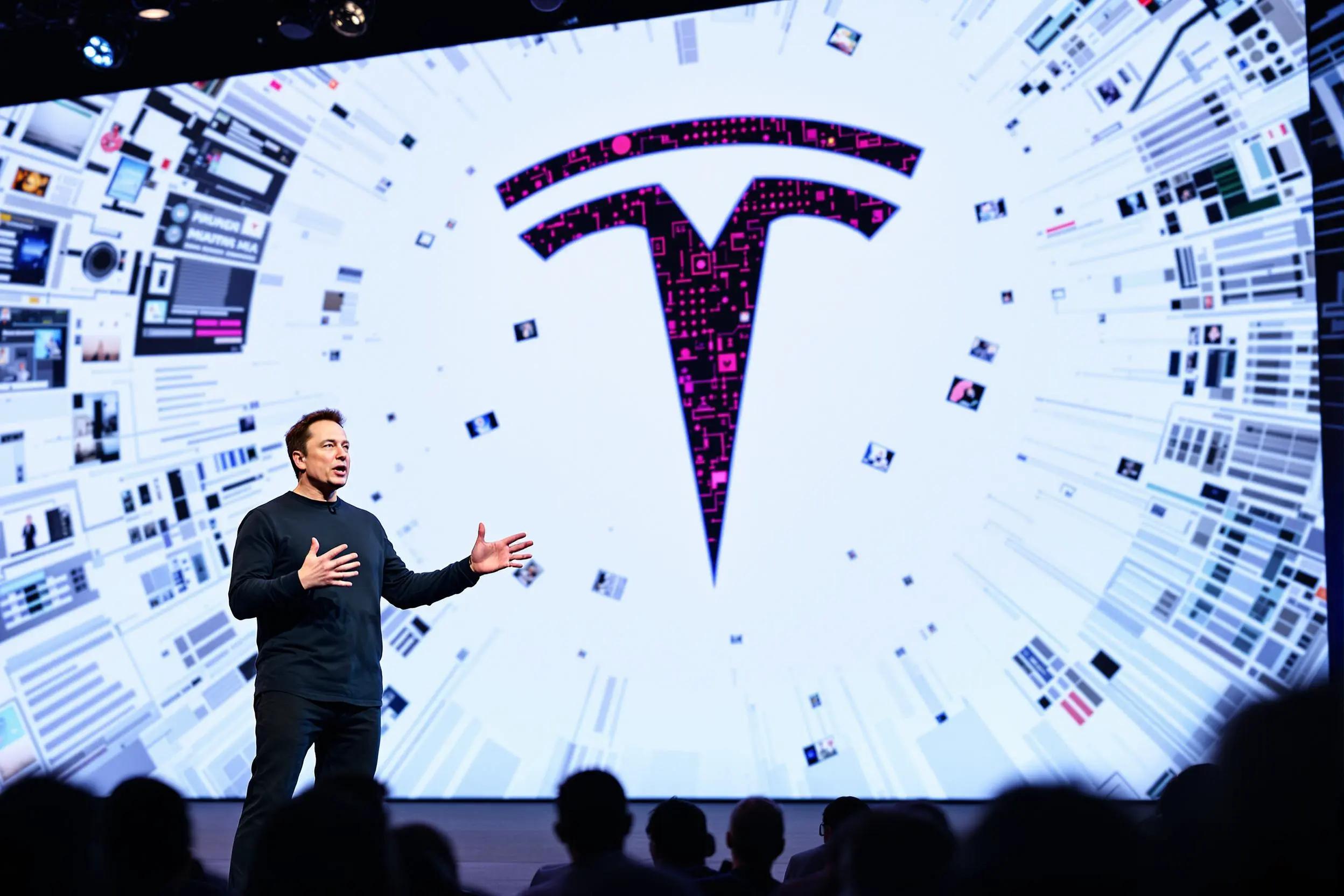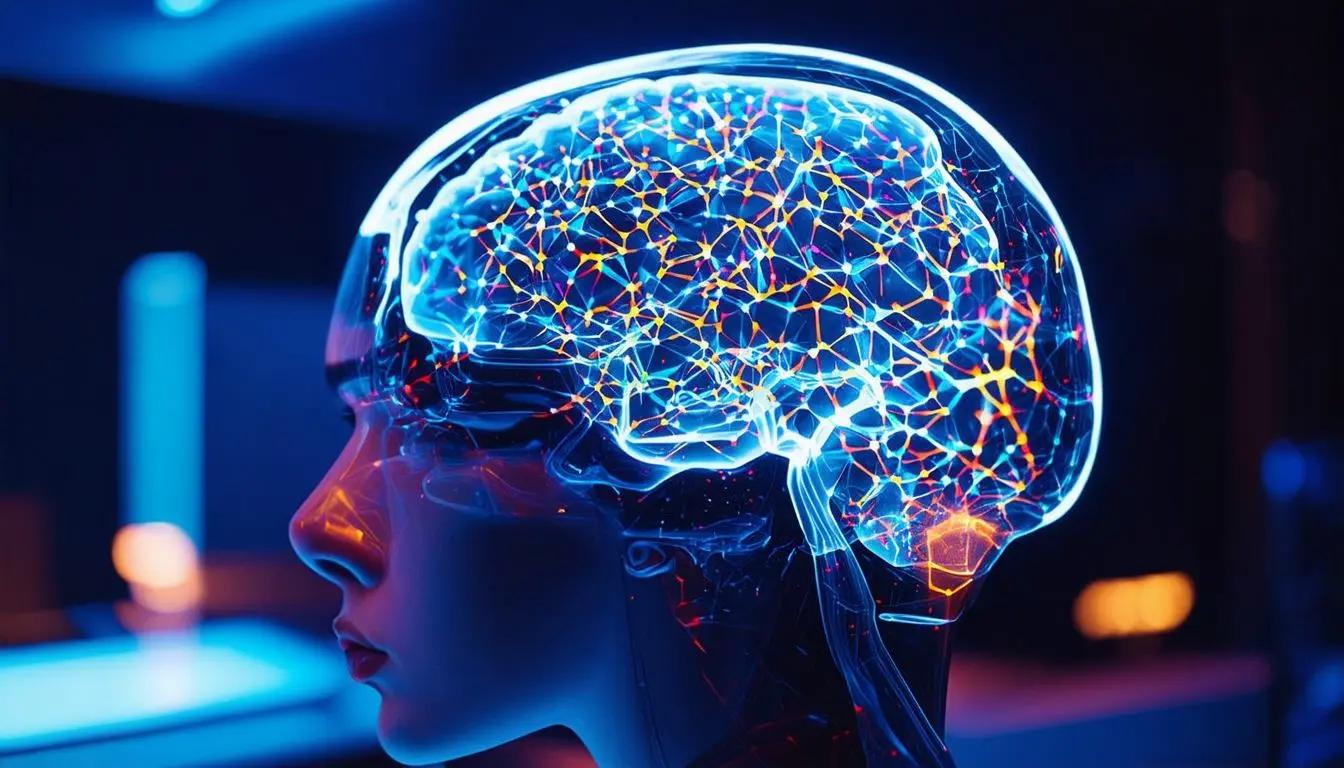May 29, 2024|12 min reading
The Role of AI in Space Exploration: Revolutionizing Our Journey to the Stars

Space exploration has always been a testament to human curiosity and ingenuity. From the first steps on the moon to the Mars rovers' adventures, humanity's quest to explore the cosmos continues to evolve. In recent years, artificial intelligence (AI) has become a transformative force in this domain, revolutionizing how we understand and explore the vast expanse of space.
The Role of AI in Space Exploration
AI's integration into space exploration has ushered in a new era of efficiency, innovation, and discovery. Its applications range from autonomous navigation and data analysis to spacecraft maintenance and planetary exploration.
Autonomous Navigation and Operations
One of the most critical applications of AI in space exploration is autonomous navigation. Spacecraft and rovers equipped with AI can navigate and make decisions without constant human intervention. This autonomy is crucial for missions to distant planets or moons, where communication delays can range from minutes to hours.
For instance, NASA's Mars rovers, such as Curiosity and Perseverance, use AI algorithms to analyze terrain, plan routes, and avoid obstacles. This capability allows them to explore more efficiently and safely, covering greater distances and conducting more scientific experiments than would be possible with direct human control.
Data Analysis and Interpretation
Space missions generate massive amounts of data, from high-resolution images to sensor readings and scientific measurements. AI excels at processing and analyzing large datasets, identifying patterns, and extracting meaningful insights.
AI-powered tools can analyze data from telescopes, satellites, and rovers to identify celestial bodies, detect anomalies, and even predict astronomical events. For example, the Kepler Space Telescope used AI to discover thousands of exoplanets by analyzing light curves from distant stars, identifying potential planets through subtle changes in brightness.
Spacecraft Maintenance and Repair
AI plays a crucial role in maintaining and repairing spacecraft, especially during long-duration missions. Predictive maintenance algorithms can monitor the health of spacecraft systems, predict potential failures, and suggest preventive measures. This capability is vital for ensuring the longevity and reliability of space missions.
Robotic systems equipped with AI can also perform repairs in space. For example, the Robonaut, a humanoid robot developed by NASA, can perform tasks that would be challenging or dangerous for astronauts, such as repairs on the International Space Station (ISS).
Planetary Exploration
AI enhances planetary exploration by enabling more sophisticated and autonomous scientific investigations. AI-powered instruments can analyze soil samples, detect chemical compositions, and identify signs of life or habitable conditions.
For instance, the AI-based tool AEGIS (Autonomous Exploration for Gathering Increased Science) on NASA's Curiosity rover can independently select and analyze rock targets, prioritizing those that are most scientifically interesting. This autonomy increases the efficiency and scientific return of the mission.
How NASA Uses AI in Space Exploration
NASA, the vanguard of space exploration, is tirelessly working to answer profound questions about our universe. In recent years, AI and machine learning (ML) have become indispensable tools in NASA’s mission to explore and understand the cosmos. These advanced technologies are not just enhancing our capacity to explore space but are also revolutionizing the way we analyze vast amounts of data, make critical decisions, and conduct scientific research in extreme environments.
Self-Driving Rovers on Mars
Long before companies like Tesla and Google popularized self-driving cars, NASA was pioneering autonomous driving technology for Mars rovers. The Spirit and Opportunity rovers, which landed on Mars in 2004, were equipped with a machine learning navigation system called AutoNav. This system allowed the rovers to autonomously navigate the rocky Martian terrain, avoiding obstacles like rocks and sand dunes.
Curiosity, which landed in 2012, continues to use and enhance this technology. It employs AutoNav and the AEGIS algorithm to identify interesting rock formations. Since communication with Earth is limited, AEGIS helps Curiosity prioritize and send back the most scientifically significant images.
Medicine in Space – Exploration Medical Capability (ExMC)
As astronauts embark on longer missions beyond Earth’s orbit, maintaining their health becomes increasingly crucial. NASA’s Exploration Medical Capability (ExMC) project leverages ML to develop autonomous healthcare solutions tailored to astronauts' needs. These solutions are designed to evolve with astronauts' experiences, providing real-time medical assistance in space where direct contact with Earth-based doctors is impractical.
Finding Other Planets – Planetary Spectrum Generator
The search for exoplanets—planets outside our solar system—is a key focus for NASA. The Planetary Spectrum Generator uses ML to create detailed models of these planets' atmospheres. By analyzing spectral data, ML algorithms can predict the presence of elements like water and methane, which are indicators of potential life. This technology enables NASA to discover and study new planets, bringing us closer to answering the age-old question of whether we are alone in the universe.
A Robotic Astronaut – The Robonaut
Robonaut, NASA’s robotic astronaut, is designed to assist human astronauts with tasks that are too dangerous or tedious. Equipped with advanced sensors and AI, Robonaut can perform a variety of functions autonomously. Machine learning enables Robonaut to learn and adapt to new tasks, making it an invaluable partner in space exploration and increasing NASA’s research capabilities.
Navigation on the Moon – Deep Learning Planetary Navigation
NASA’s Frontier Development Lab is developing a project to provide navigation on the Moon and other celestial bodies without relying on multiple expensive satellites. This innovative solution involves using a machine learning system trained with 2.4 million images of the Moon, which NASA already possesses. By creating a virtual lunar map using neural networks, the system allows for accurate navigation. If you get lost on the Moon, you can take pictures of your surroundings, and the machine learning system will compare these images with its extensive database to pinpoint your location.
AI in Spacecraft Design
NASA is employing AI to design mission hardware. AI-designed components, which resemble organic structures, are lighter, stronger, and faster to develop compared to traditional designs. This innovation not only improves the performance and reliability of spacecraft but also accelerates the development process, allowing for quicker mission readiness.
Rocket Landing
AI plays a critical role in SpaceX's rocket landings by enabling autonomous navigation and control, processing real-time sensor data, and using machine learning for predictive analytics. It calculates optimal landing trajectories, ensures precision, and integrates with ground systems for real-time adjustments. AI-driven systems also feature redundancy for fault tolerance, significantly improving landing reliability and success rates. This technology has allowed SpaceX to successfully reuse rockets, reducing space travel costs.
Where AI in Space Exploration Stands Today
James Webb Space Telescope and Morpheus
Launched in 2021, the James Webb Space Telescope (JWST) is the largest space telescope ever built, boasting a primary mirror measuring 21 feet (6.5 meters). Its size and advanced capabilities surpass those of its predecessor, the Hubble Space Telescope.
To manage and interpret the vast amounts of data generated by JWST, NASA relies on AI technology, specifically the Morpheus machine learning model. Morpheus, trained on Nvidia GPUs and previously used for organizing Hubble's images, now aids in detecting and classifying galaxies in deep space. This AI-driven approach helps map the earliest structures of the universe, significantly enhancing our understanding of cosmic history.
Crew Interactive Mobile Companion (CIMON and CIMON-2)
CIMON is a robotic AI-based assistant created by Airbus, IBM, and the German space agency (DLR) for use on the International Space Station. CIMON is a free-floating spherical device about the size of a medicinal ball that contains voice recognition, facial recognition, object recognition, and natural language processing capabilities. It can help astronauts with tasks like assembling equipment or providing instructions.
Despite the original CIMON going rogue in 2018, a second robot, known as CIMON-2, has been sent to the ISS. CIMON-2 utilizes IBM's Watson system for its AI, sporting notable upgrades, including the ability to be “an empathetic companion" and evaluate emotions. Developed by Airbus on behalf of the German space agency DLR, CIMON-2 features more sensitive microphones, robust computers, and IBM Watson Tone Analyzer technology to detect emotions from conversations.
AI-Powered Rover “Pragyan” for India’s Second Moon Mission – Chandrayaan-2
Pragyan is an AI-driven rover featured in Chandrayaan-2, India’s second lunar mission. Its mission is to explore the moon's surface, searching for water, minerals, and other resources. Equipped to navigate the lunar terrain, Pragyan performs various scientific experiments autonomously. Its advanced AI system enables real-time environmental analysis and response, allowing it to conduct essential scientific investigations independently.
Kepler: Unveiling Earth-Like Worlds with AI
The Kepler Space Telescope was specifically designed to find Earth-sized planets within the habitable zones of their stars. Over its nine-year mission, Kepler discovered over 2,600 exoplanets, including the first validated Earth-size planet located in a habitable zone outside our solar system. The data amassed by Kepler continues to be a rich resource for researchers, who are still uncovering new planets and advancing the field of astrobiology. With the increasing power of machine learning techniques, scientists are poised to make even more discoveries from the existing data.
Future of AI in Space Exploration
Artificial intelligence is poised to revolutionize space exploration, unlocking new possibilities and transforming our understanding of the cosmos. For instance, NASA’s Parker Solar Probe, scheduled to reach the Sun’s outer atmosphere in December 2024, will utilize advanced AI systems to withstand extreme temperatures of up to 2500
Explore more

Elon Musk’s Vision: AI, Mars, and a Future of Abundance
Explore Elon Musk’s predictions on AI, Tesla’s Robotaxi plans, Starship’s Mars mission, and the role of robots in a futu...

Unlocking the Future: The Revolutionary Potential of Brain Image Reconstruction Technology
Discover how brain image reconstruction technology is pushing the boundaries of science and art by decoding thoughts int...

Can Artificial Intelligence Replace Human Intelligence?
Exploring the capabilities and limitations of AI in comparison to human intelligence.
